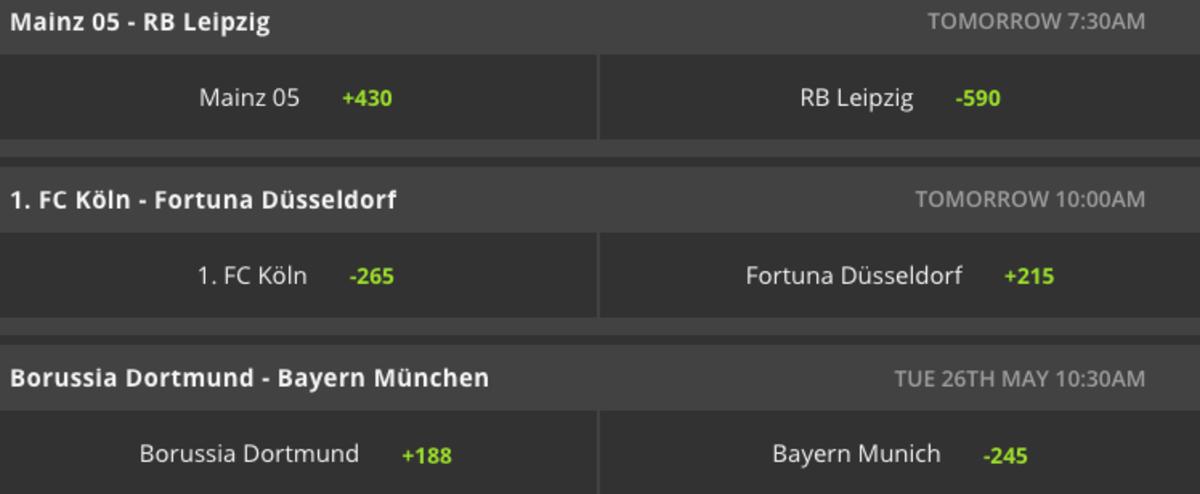Sports Gambling 101: What Are Three-Way Odds?
How do Three-Way and Two-Way Betting Odds Differ?
Simply put, three-way betting odds offer three wagering options that focus on regulation time results only. They differ from two-way odds as a TIE is added as a third betting choice. Three-way lines are offered in most competitions where a draw is a possible outcome. They are available on a variety of sports as moneyline, game total and point spread wagering choices.
Three-way moneylines and point spreads offer HOME - TIE - VISITOR as choices while game total odds offer OVER - TIE - UNDER options. Unlike two-way wagers, which are graded after a competition is fully complete, three-way bets are graded at the end of regulation time. If a match goes into extra time, players who bet on a TIE will cash winning tickets.
Which Sports Offer Three-Way Betting Odds?
Also known as regulation time bets, three-way odds are popular soccer betting options as those contests often end in a draw. Displayed below, moneylines are the most common three-way betting odds. Bettors need to decide if either side will win outright or whether the score will be tied after regulation time. It’s wise to check two-way lines prior to placing three-way bets, as they display true favorite odds. If the two-way lines are close, consider a TIE bet.

Here are the two-way odds from the same Bundesliga matches:

As illustrated, in the two examples above, moneylines change dramatically when a TIE is added to the three-way odds. If research has one side winning outright, three-way odds are the best betting option. For example, in the match against Mainz 05, the RB Leipzig -245 moneyline paid $100 on each $245 bet with three-way odds. Bettors using two-way lines had to wager $590 to earn a $100 return. That is a serious cost savings when betting on moneyline prices.
Three-way betting is prevalent in hockey as well. This is especially true since the NHL implemented new regular season shootout rules in 2005. However, since “ties” are less common in hockey than soccer, they are more difficult to predict. Out of 1271 games played, during the 2018-19 NHL season, 271 went into overtime. That works out to a 21.3% occurrence rate, so bettors need to pick their spots carefully when selecting a TIE on NHL three-way betting options.
